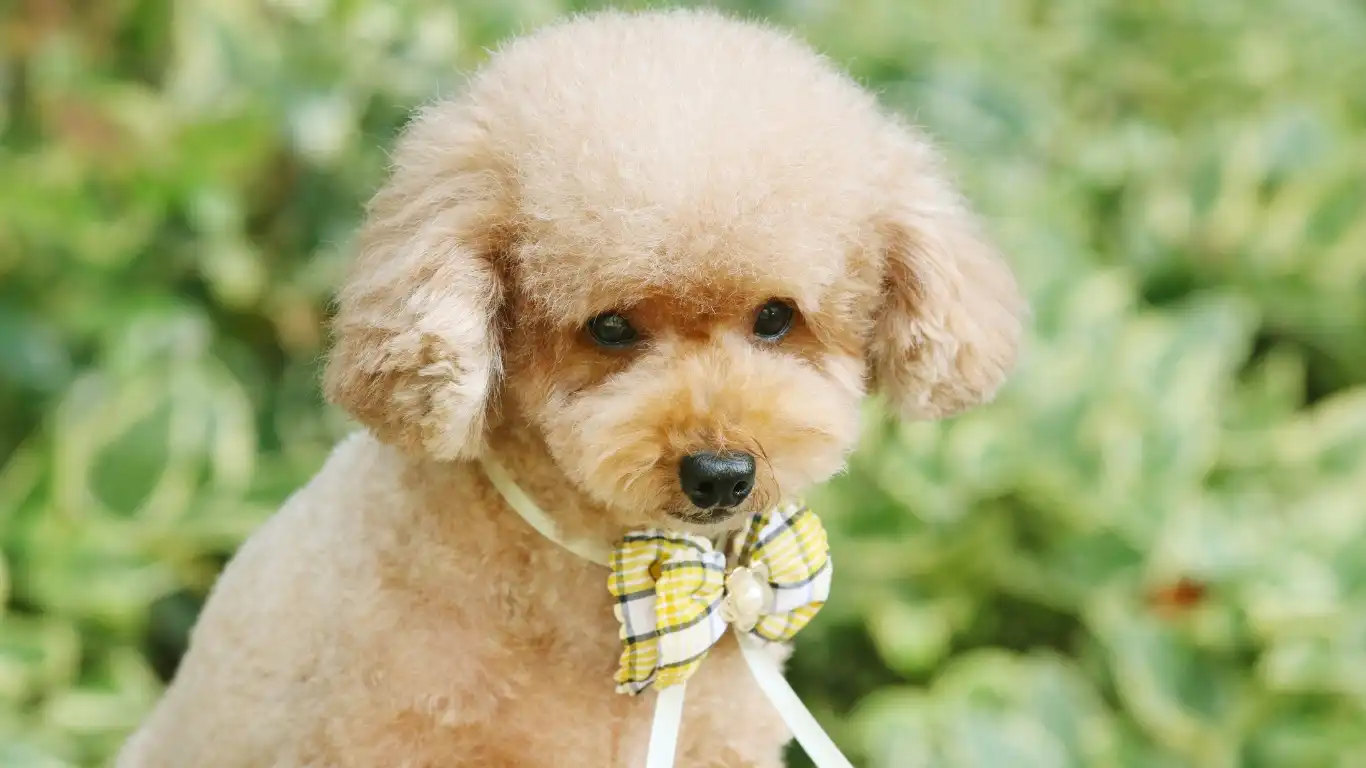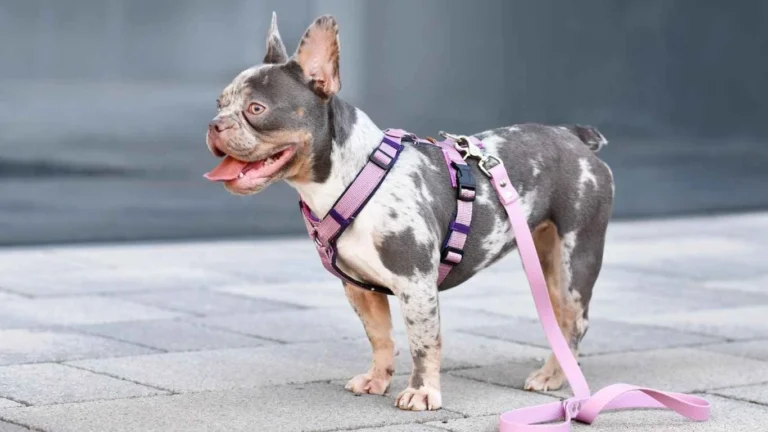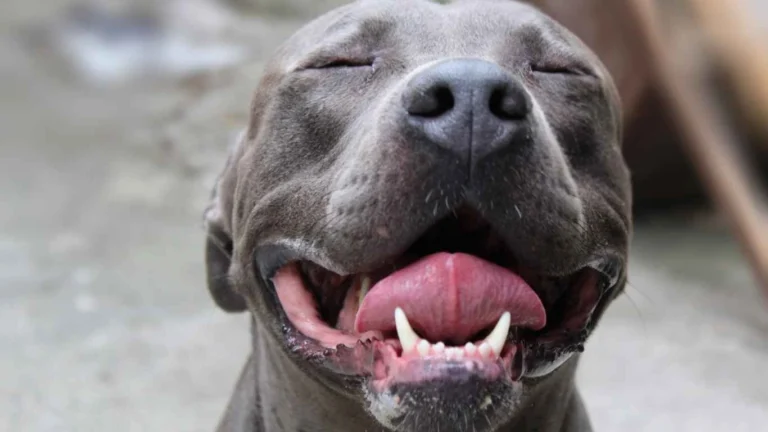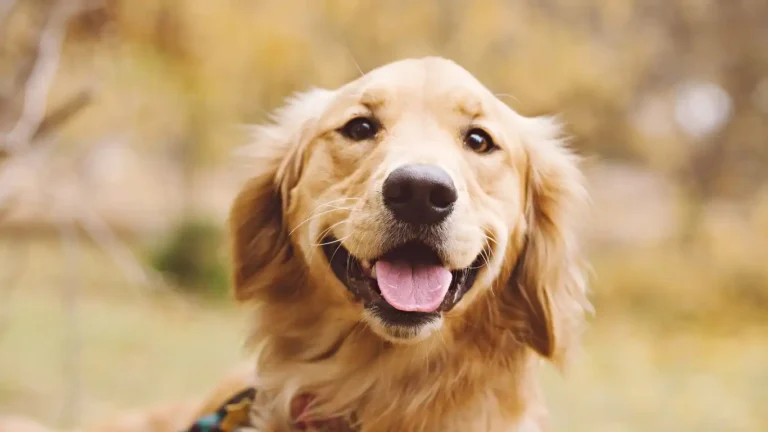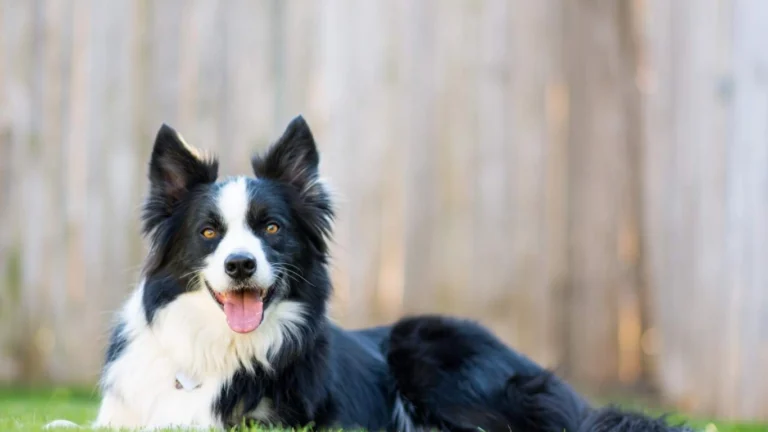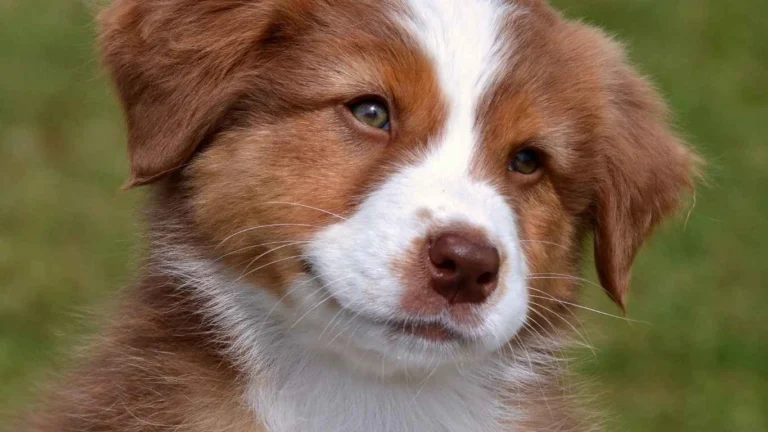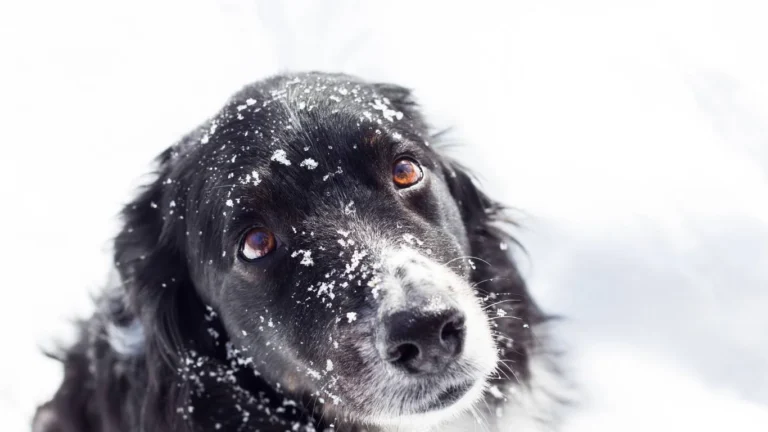How to Clean Dog Bowls & Prevent Bacteria Buildup – Must-Know Tips!
As a pet nutritionist working in veterinary clinics, I’ve seen firsthand how crucial proper hygiene is for our furry companions. One often-overlooked aspect of pet care is knowing how to clean dog bowls to prevent bacteria buildup. If you’re like most pet parents, you probably rinse your pup’s bowls occasionally or toss them in the dishwasher when they start to look grimy. But did you know that improper cleaning can expose your dog to harmful bacteria like Salmonella and E. coli? Let’s dive into why cleaning your dog’s bowls regularly is more important than you think and how to do it the right way.
Why Cleaning Your Dog’s Bowl Is a Big Deal
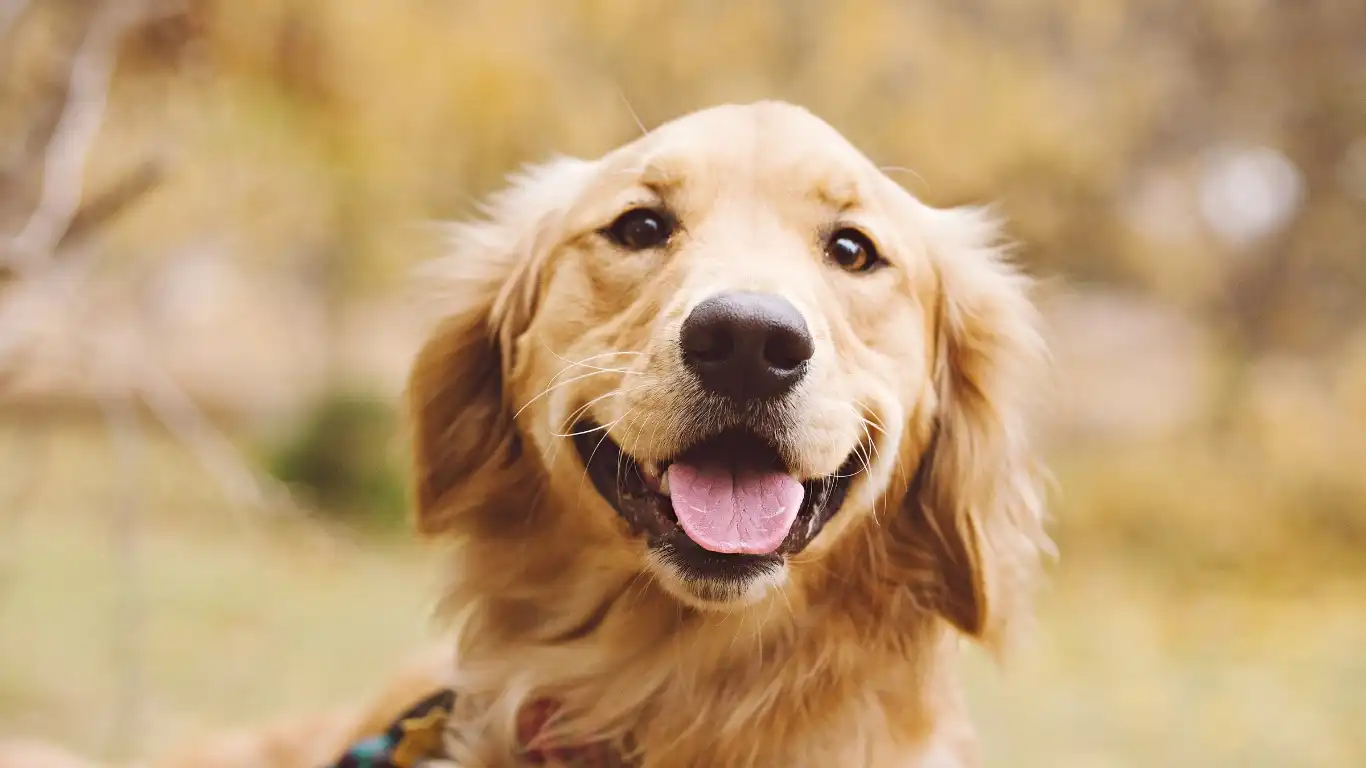
Have you ever noticed a slimy layer on your dog’s food or water bowl? That’s what we call biofilm, and trust me, it’s as gross as it sounds! Biofilm is a sticky, invisible layer of bacteria, fungi, and leftover food particles. It builds up over time, creating a breeding ground for harmful pathogens.
Health Risks of Dirty Dog Bowls
Leaving your dog’s bowls uncleaned for too long can lead to serious health problems. Here’s what can happen when bacteria thrive in your pet’s dish:
- Upset stomach: Dogs can experience vomiting, diarrhea, and food poisoning-like symptoms.
- Skin infections: If bacteria make their way onto your pup’s face, it can cause irritation and infections around the mouth.
- Weakened immune system: Repeated exposure to bacteria can compromise your dog’s ability to fight off infections.
I once had a client whose Labrador kept developing skin rashes around his mouth. After ruling out allergies, we discovered the culprit: his food bowl had layers of biofilm! A simple switch to a daily cleaning routine made all the difference.
How Often Should You Clean Your Dog’s Bowl?
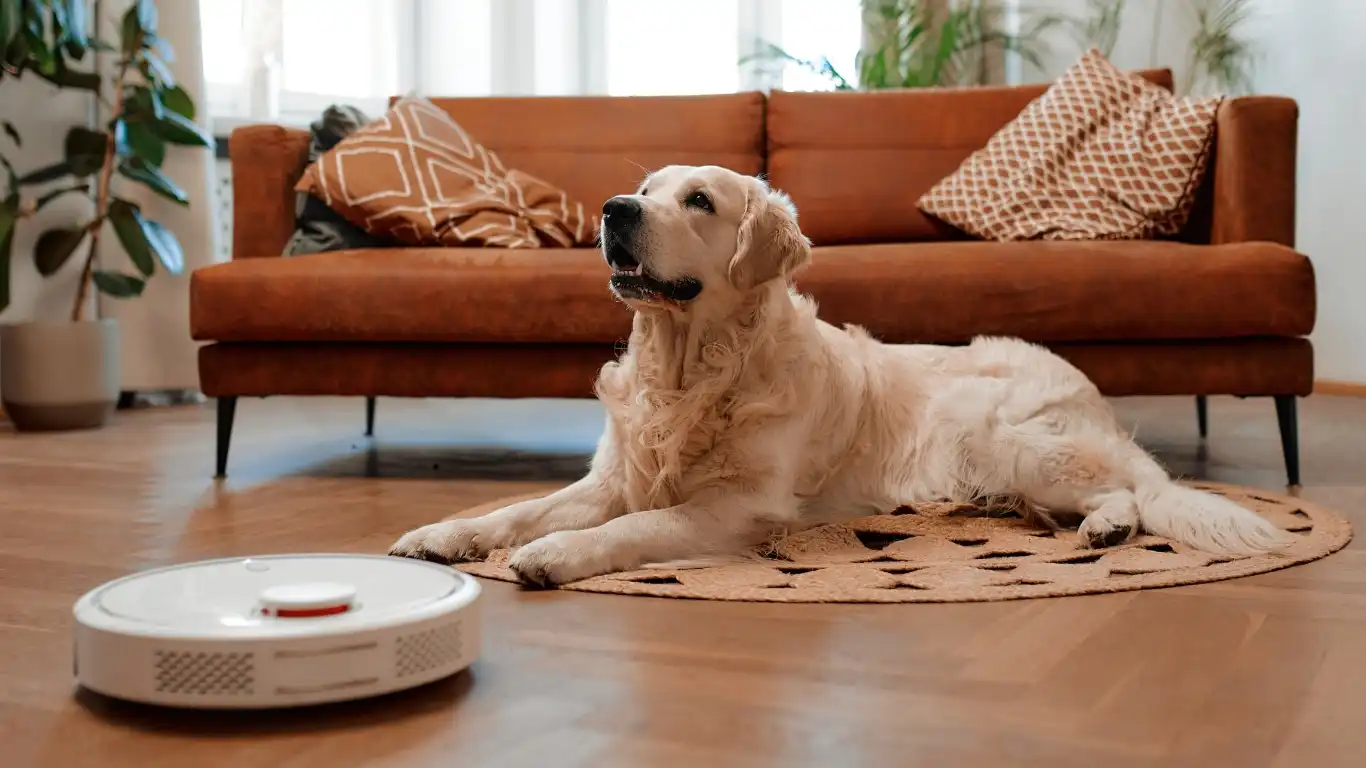
Think about how often you clean your own dishes. Would you eat off the same plate for days without washing it? Probably not! Your dog’s bowl should be treated the same way.
- Food Bowls: Wash daily, especially after wet or raw food.
- Water Bowls: Clean every day to prevent slime buildup.
- Deep Clean: Once a week, soak bowls in a vinegar solution or use a pet-safe disinfectant.
One common mistake I see pet parents make is assuming that rinsing with water is enough. Nope! Just like our own dishes, dog bowls need proper scrubbing to remove bacteria.
Best Cleaning Methods for Dog Bowls
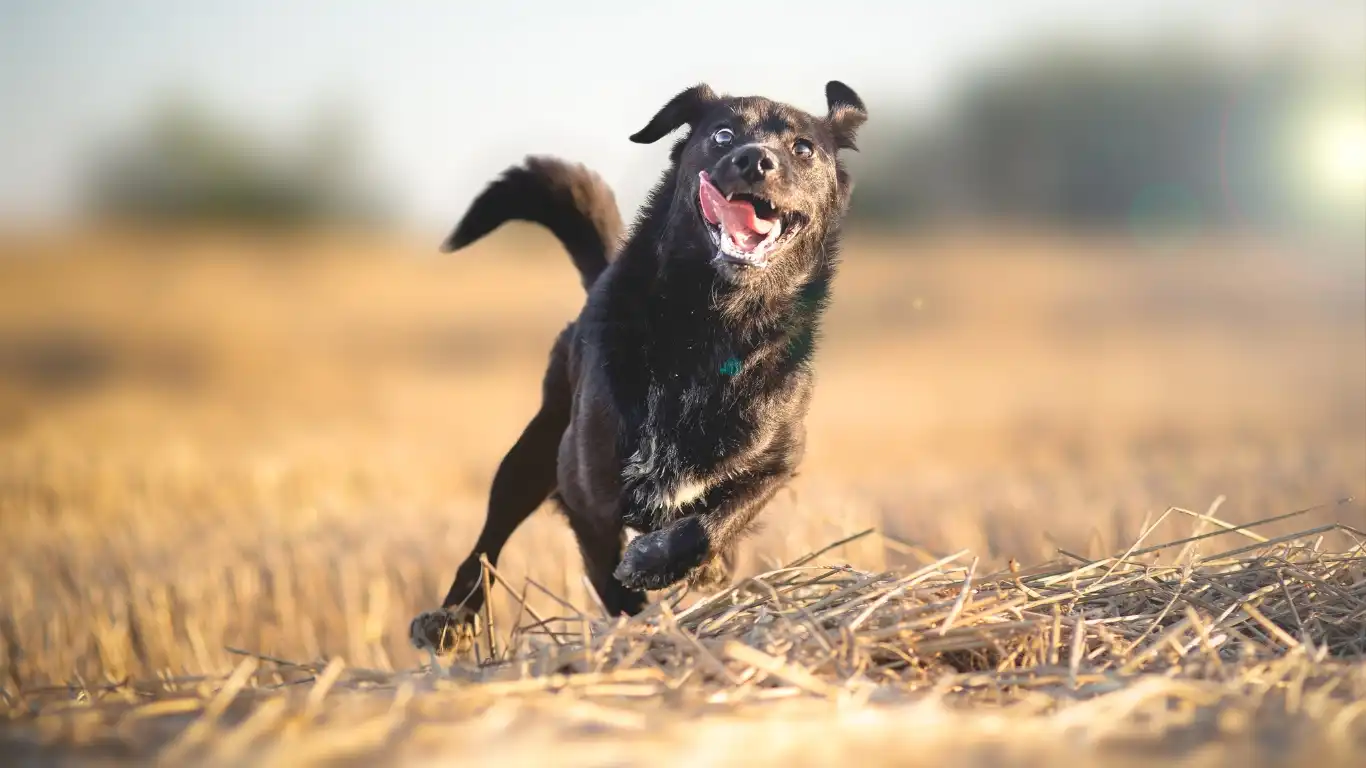
Now that we know why cleaning is essential, let’s talk about the best ways to do it. Different materials require different cleaning methods, so here’s a breakdown:
1. Soap and Hot Water
The easiest and most effective way to clean your dog’s bowl is with hot, soapy water. I always recommend using a separate sponge just for your pet’s dishes to avoid cross-contamination.
2. Dishwasher
Most stainless steel and ceramic bowls are dishwasher-safe. Just toss them in with your regular dishes, but make sure to use a high-temperature setting to kill bacteria.
3. Vinegar and Baking Soda
For a natural, chemical-free option, soak the bowl in a solution of equal parts vinegar and water. Scrub with baking soda for extra cleaning power. This method is great for breaking down stubborn biofilm!
Stay tuned for more cleaning tips, material comparisons, and what to avoid in the next section!
Choosing the Right Material for Your Dog’s Bowl

Not all dog bowls are created equal! The material you choose can make a big difference in how easily bacteria builds up—and how easy it is to keep clean. Over the years, I’ve seen pet parents struggle with persistent skin issues in their dogs, only to discover the culprit was their choice of bowl. Let’s break down the pros and cons of the most common options.
1. Stainless Steel Bowls (Best Choice!)
Why I recommend it: If you want a hygienic, durable, and easy-to-clean option, stainless steel is the way to go. It doesn’t scratch easily, which means fewer places for bacteria to hide.
- Pros: Dishwasher-safe, rust-resistant, and highly durable.
- Cons: Can be noisy if your dog is an enthusiastic eater!
2. Ceramic Bowls
These can be a great option if they’re high quality and have a lead-free glaze. However, they can chip over time, creating crevices where bacteria love to hide.
- Pros: Heavy, so they don’t tip over easily; stylish designs available.
- Cons: Prone to chipping, and some low-quality ceramics may contain harmful chemicals.
3. Plastic Bowls (Avoid If Possible!)
While plastic bowls are cheap and widely available, I always advise against them. They scratch easily, harbor bacteria, and can even trigger allergic reactions in some dogs. I’ve seen many cases of chin acne in dogs caused by bacteria trapped in scratched plastic bowls!
- Pros: Lightweight and affordable.
- Cons: Scratches easily, traps bacteria, and may contain harmful chemicals like BPA.
Common Mistakes Pet Owners Make When Cleaning Dog Bowls
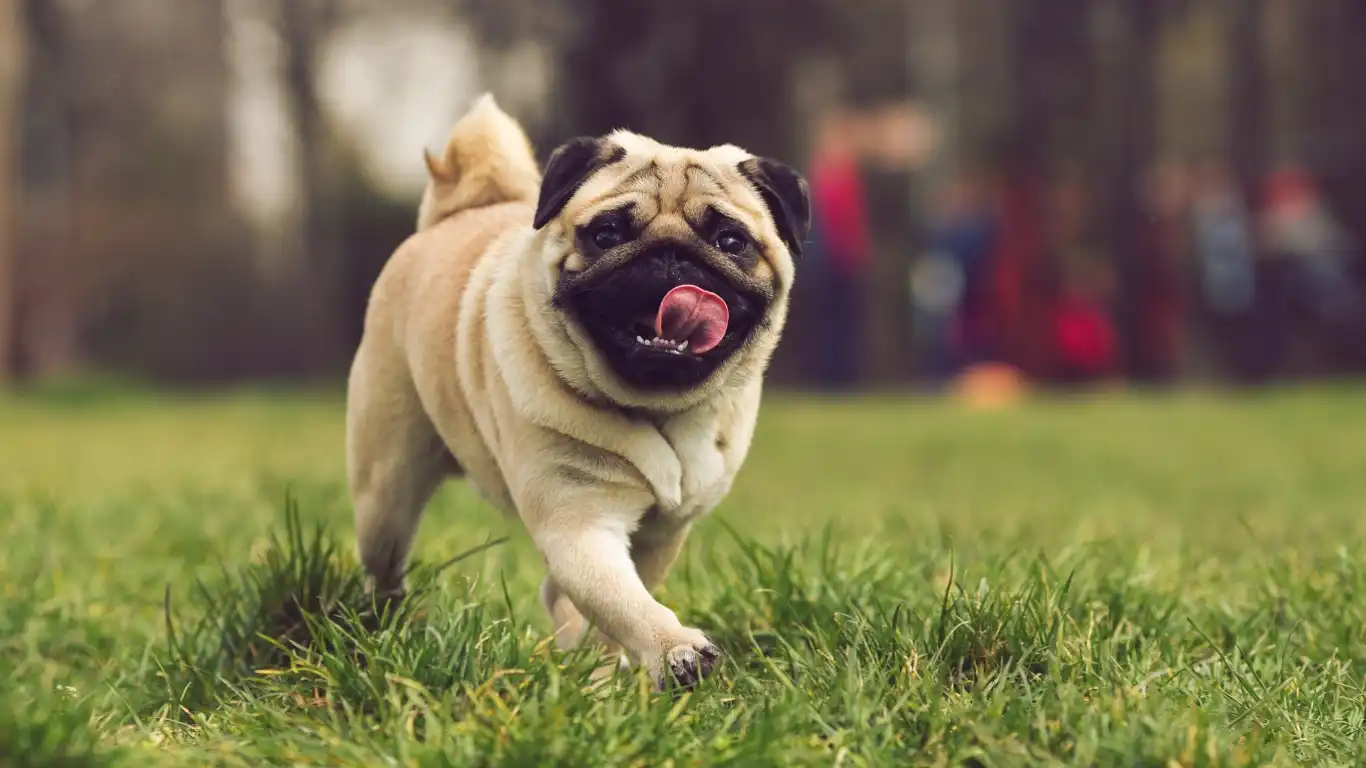
Even with the best intentions, many pet parents unknowingly make mistakes when cleaning their dog’s bowls. I’ve heard a lot of “But I thought I was cleaning it right!” moments in my years of working with pet owners. Let’s go over some of the most common slip-ups and how to fix them.
1. Only Rinsing with Water
A quick rinse might remove visible food bits, but it won’t get rid of bacteria. You need to use soap and hot water or a disinfectant to truly clean the bowl.
2. Using Harsh Chemicals
Some people assume that stronger cleaners = better hygiene. But using bleach or other harsh chemicals can leave behind harmful residues that your pup might ingest. Stick to pet-safe cleaners or natural solutions like vinegar.
3. Ignoring the Water Bowl
Many pet owners focus on food bowls but forget about the water bowl. Water bowls can accumulate slimy biofilm, which can harbor bacteria just as much as leftover food.
4. Not Drying the Bowl Properly
Leaving the bowl wet after washing can promote bacterial growth. Always dry it completely with a clean towel before refilling it.
How to Prevent Bacteria Buildup Between Washes

Even with regular cleaning, there are a few extra steps you can take to keep your dog’s bowl as sanitary as possible between washes.
1. Use a Mat Under the Bowl
Placing a rubber or silicone mat under your dog’s bowls can help catch spills and prevent bacteria from spreading onto the floor. Just be sure to clean the mat regularly, too!
2. Avoid Leaving Food Out Too Long
If your dog doesn’t finish their meal within 20-30 minutes, remove the leftovers and wash the bowl. Sitting food attracts bacteria, especially in warm or humid environments.
3. Regularly Replace Old Bowls
Over time, even the best-quality bowls can develop scratches and wear. I recommend replacing bowls every 6-12 months, depending on their condition.
Up next, we’ll dive deeper into advanced cleaning techniques, pet-safe disinfectants, and how different dog diets impact bowl cleanliness!
Advanced Cleaning Techniques for Extra Hygiene
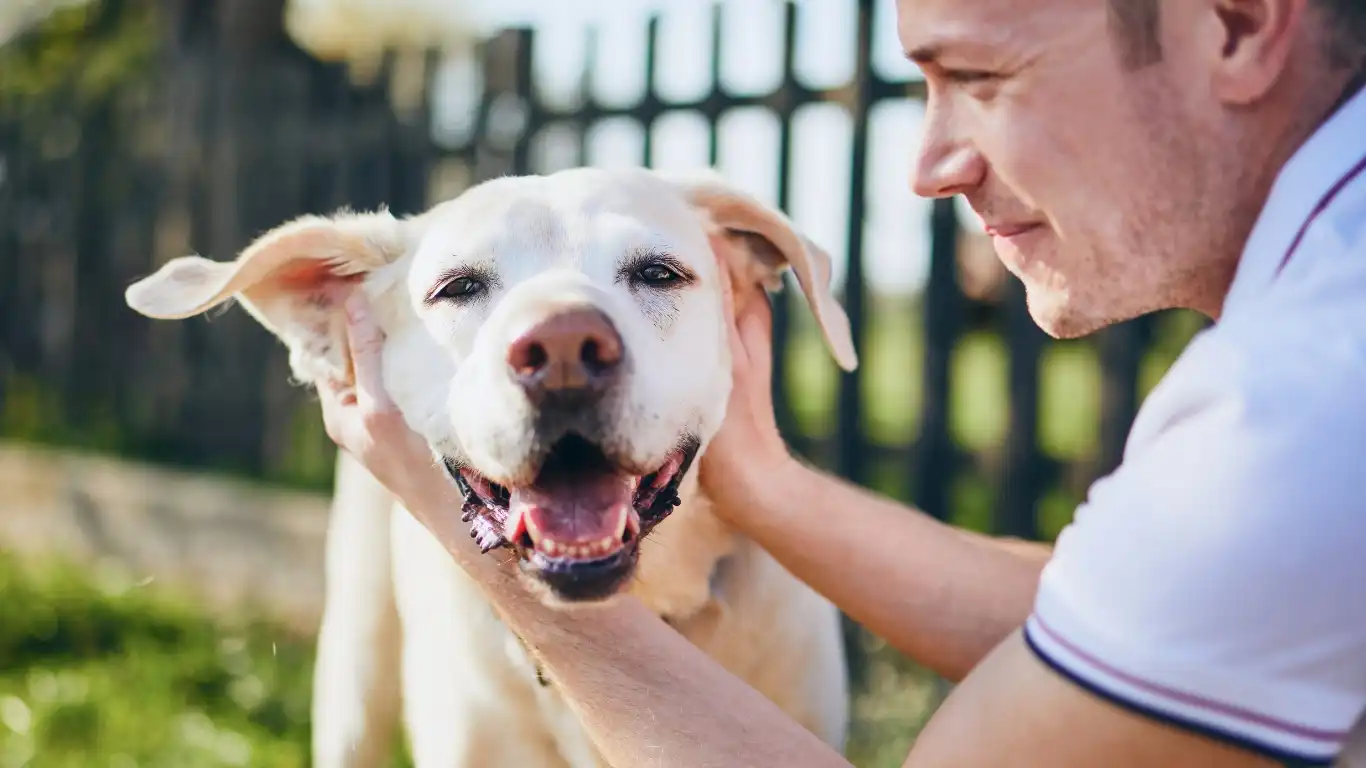
For pet parents who want to go the extra mile in ensuring their dog’s bowls stay spotless, there are a few advanced cleaning methods that help eliminate even the most stubborn bacteria. I’ve tested these over the years and found them incredibly effective, especially for homes with multiple dogs or pets on raw diets.
1. Vinegar & Baking Soda Deep Clean
For a natural yet powerful cleaning boost, try a vinegar and baking soda soak. Here’s my go-to method:
- Fill the bowl with equal parts white vinegar and warm water.
- Let it soak for 10-15 minutes to break down grime and biofilm.
- Sprinkle baking soda into the bowl and scrub thoroughly.
- Rinse well with warm water and dry completely.
This method is perfect for weekly deep cleans and works wonders on stainless steel and ceramic bowls.
2. Hydrogen Peroxide for Disinfection
Another effective option is food-grade hydrogen peroxide. It’s a natural disinfectant that kills bacteria without leaving behind toxic residues. Simply apply a small amount to the bowl, let it sit for a few minutes, and rinse thoroughly.
3. Boiling Water for Ultimate Sanitization
When in doubt, boiling water is one of the best ways to kill bacteria. Every couple of weeks, I pour boiling water into my dog’s bowls and let them sit for 5 minutes before scrubbing. Just be sure to let the bowls cool completely before serving food or water!
How Diet Affects Dog Bowl Cleanliness
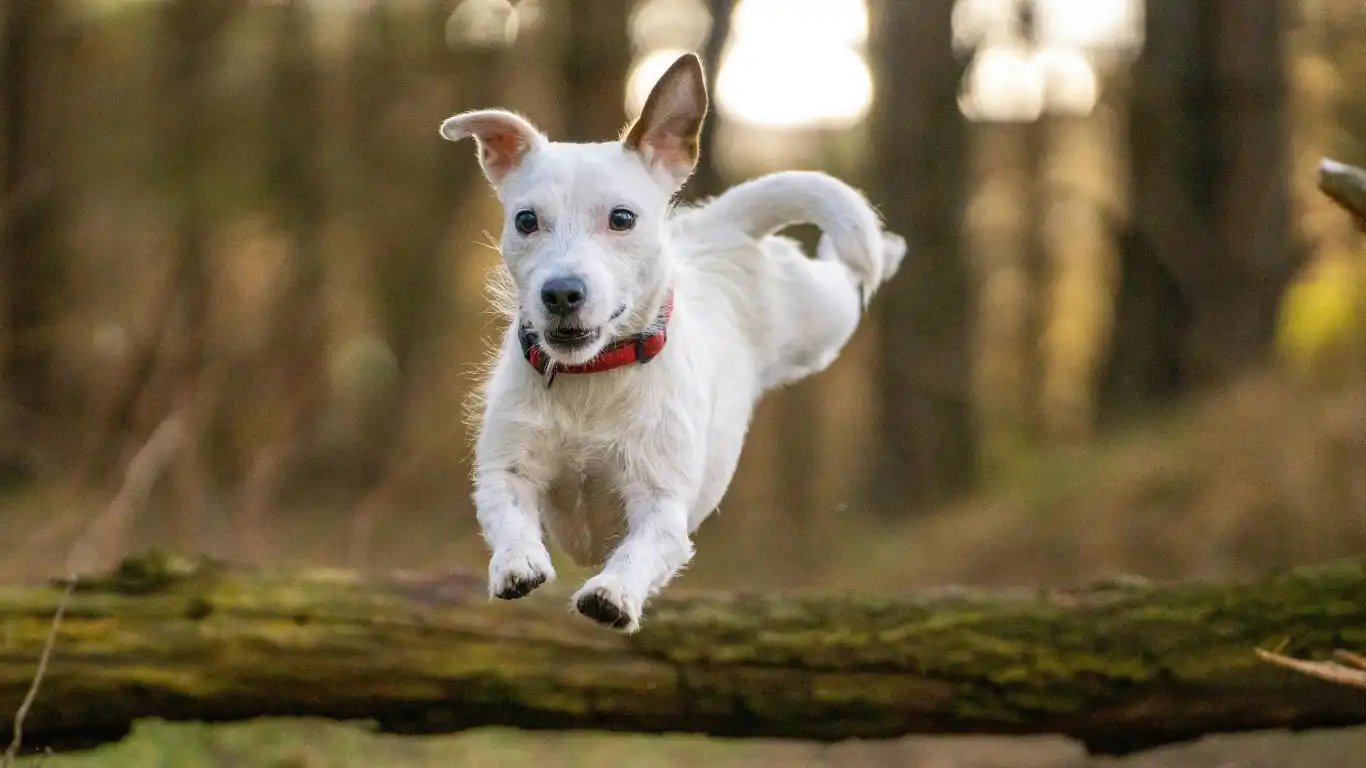
Believe it or not, your dog’s diet plays a huge role in how often their bowls need cleaning. Different types of food leave behind different residues, and some create a breeding ground for bacteria faster than others.
1. Kibble Diets
Dogs on dry food diets typically have less sticky residue in their bowls. However, the oils in kibble can still build up over time, leading to bacteria growth. I recommend a daily wash with hot, soapy water.
2. Wet or Fresh Food Diets
Wet food, homemade meals, or fresh diets like raw food can leave behind more moisture and residue. These bowls must be cleaned after every meal to prevent bacteria from thriving.
3. Raw Diets
If your pup eats a raw diet, their bowl should be treated like raw meat utensils in your kitchen. Sanitize daily with vinegar, hydrogen peroxide, or boiling water to avoid contamination.
Common Questions About Dog Bowl Hygiene
How Often Should I Replace My Dog’s Bowl?
Even with regular cleaning, bowls don’t last forever. I suggest replacing them every 6-12 months, or sooner if you notice scratches, chips, or signs of wear.
Can I Use Human Dish Soap?
Yes! Regular dish soap is safe as long as you rinse thoroughly. However, avoid heavily scented soaps, as some dogs are sensitive to artificial fragrances.
What’s the Best Way to Clean a Water Fountain for Dogs?
Pet water fountains need extra attention! Take apart all removable parts and scrub them weekly with warm, soapy water. Monthly, do a deep clean with vinegar or pet-safe disinfectant.
Final Thoughts on Keeping Your Dog’s Bowl Clean
Maintaining a clean dog bowl isn’t just about aesthetics—it’s a crucial part of your pet’s overall health. Bacteria buildup can lead to serious health issues, but with simple daily cleaning habits, you can keep your pup safe and healthy.
As someone who’s worked in veterinary clinics and guided pet parents for years, I can’t stress enough how small changes, like switching to stainless steel or washing bowls daily, can make a huge impact. Your dog trusts you to provide not just good food but also a clean, safe place to eat it.
So, let’s do our best to give them fresh, bacteria-free meals every time!
References
- American Kennel Club (AKC)
- American Veterinary Medical Association (AVMA)
- U.S. Food & Drug Administration (FDA) – Pet Food Safety
Disclaimer
The information in this article is based on my professional experience as a pet nutritionist and insights from veterinary sources. It is not a substitute for professional veterinary advice. If your pet has health concerns, always consult with a veterinarian.
